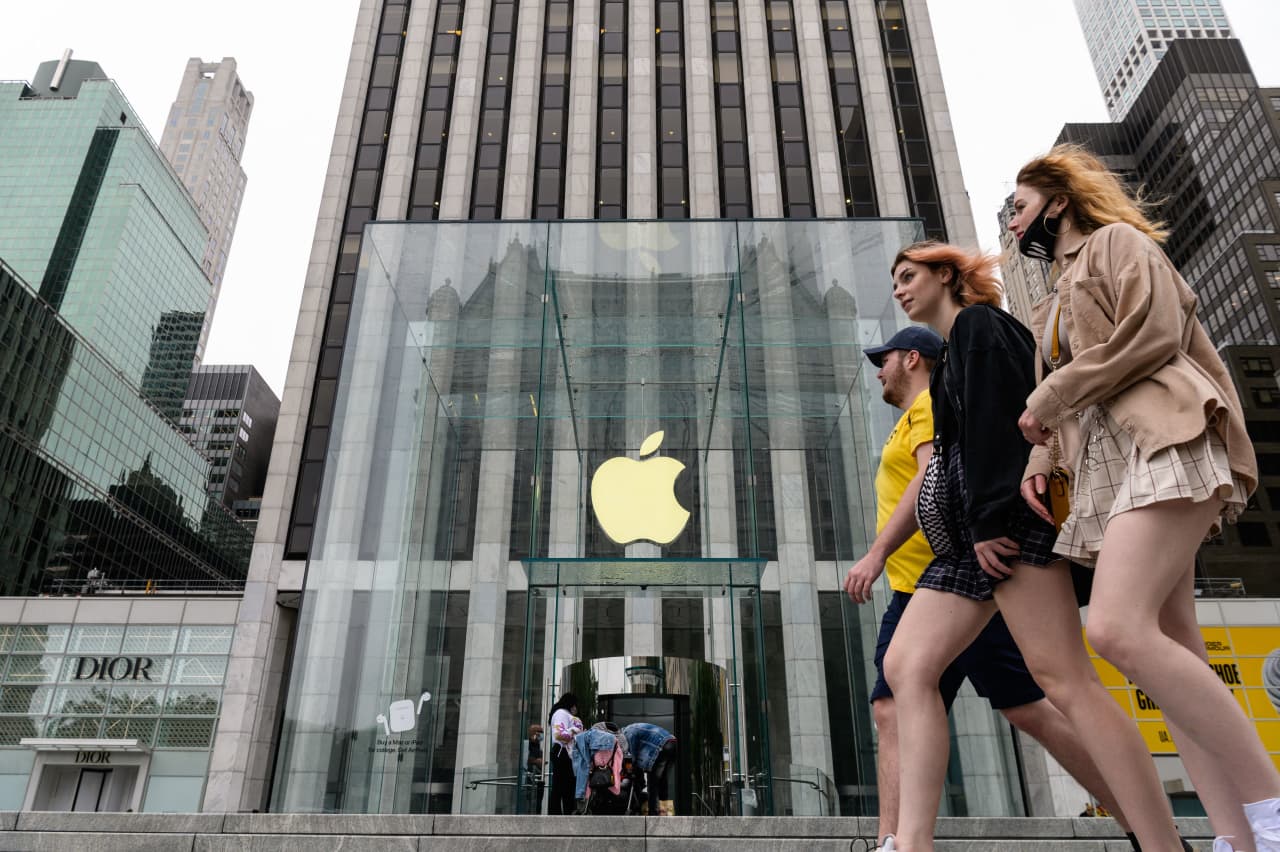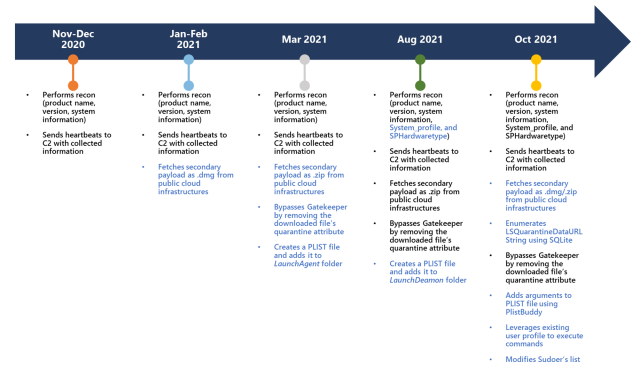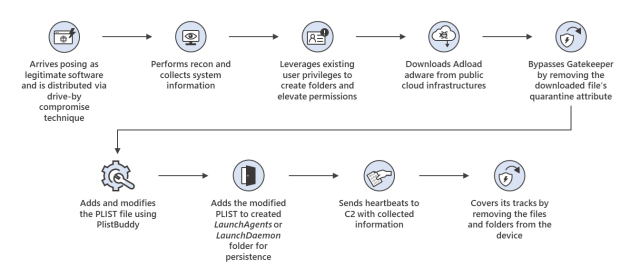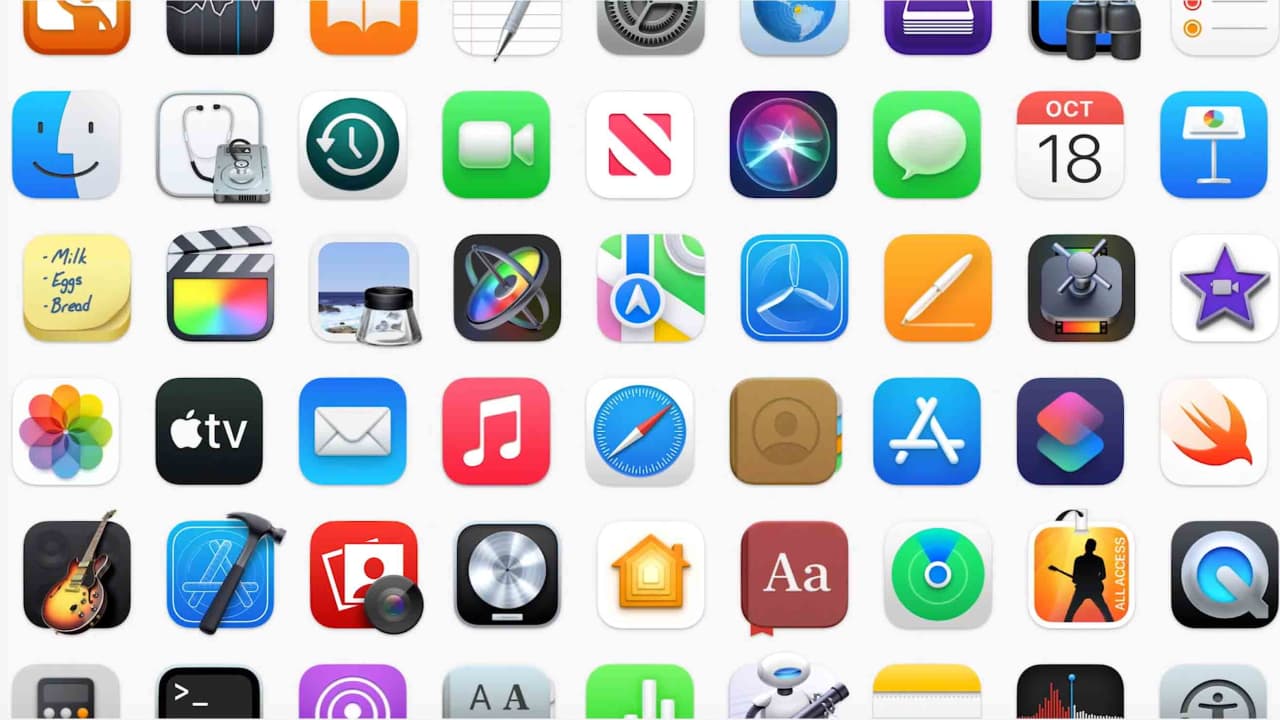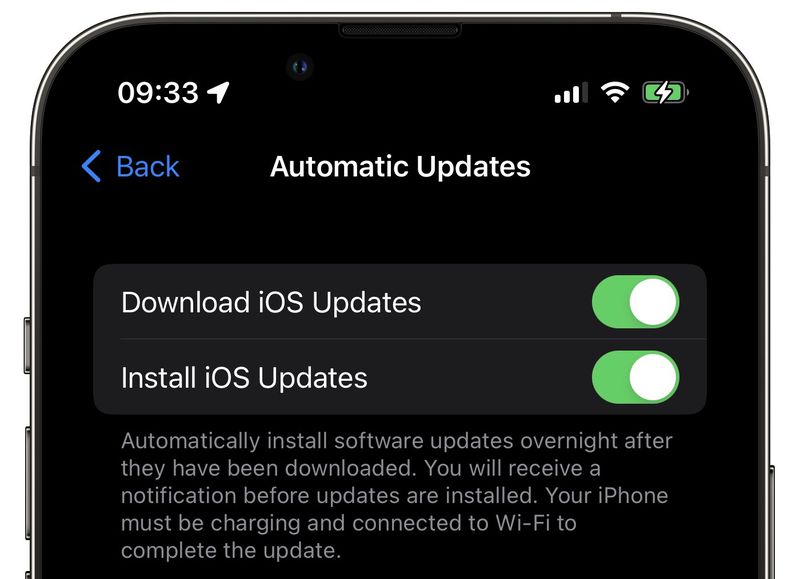sandysgeek
Really Really Experienced
- Joined
- Jun 28, 2020
- Posts
- 362
Apple announces a way to buy stuff by tapping iPhones together
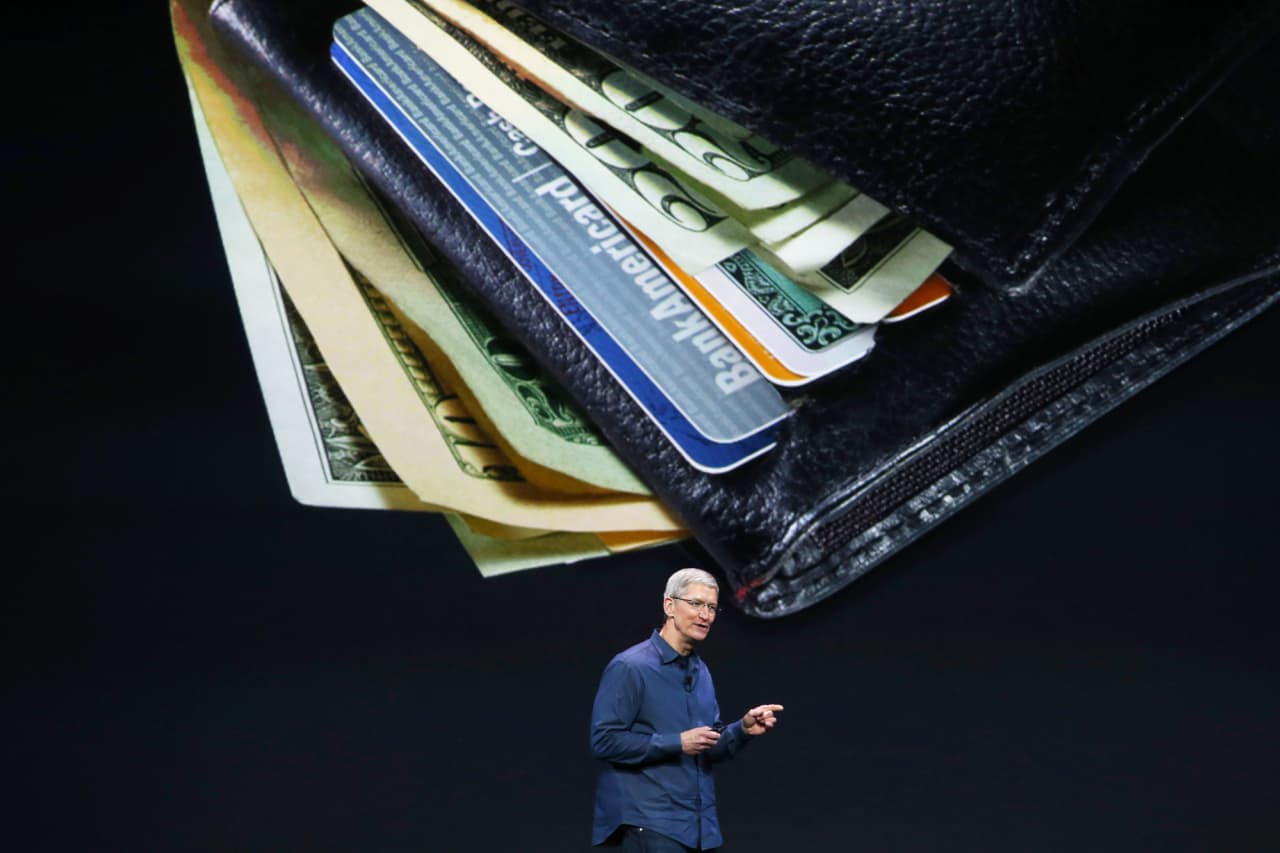
Apple CEO Tim Cook speaks about Apple Pay during an Apple special event at the Flint Center for the Performing Arts on September 9, 2014 in Cupertino, Calif.
Apple announces new Tap to Pay feature that turns iPhones into contactless payment terminals
Apple has officially announced a new Tap to Pay feature for iPhone. This feature, coming later this year, will allow businesses to use their iPhones to “seamlessly and securely” accept Apple Pay payments with a simple tap. The feature will also work for contactless credit cards and debit cards, as well as other digital wallets.
New Tap to Pay feature for iPhone
The most interesting part of this new feature from Apple is that the company is actually teaming up with third parties and making the platform available to app developers and other payment platforms. Apple says that Stripe will be the first payment platform to offer Tap to Pay on iPhone this spring, including via an update to the Shopify Point of Sale application.
What this means is that this won’t be a native iOS feature, but rather Apple is opening the NFC chip up in the iPhone to third-party payment platforms to create applications that enable Tap to Pay technology.
Apple explains:
The feature is slated to launch sometime “late this year” in the United States. Once the platform is open, merchants will be able to accept contactless payments through a supporting iOS app on an iPhone XS or later.
It will work by the merchant prompting the customer to hold their iPhone or Apple Watch to pay with Apple Pay, their contactless credit or debit card, or another digital wallet near the merchant’s iPhone. The payment then will be securely completed using NFC technology.
Apple Pay VP Jennifer Bailey had this to say about the announcement of this new Tap to Pay feature:
Apple promises to “work closely with leading payment platforms and app developers across the payments and commerce industry… to offer Tap to Pay on iPhone to millions of merchants in the US.” At this point, there is no news on expansion outside of the United States.
Billy Alvarado, Stripe’s chief business officer, said:
Stripe has launched a landing page for this new feature, allowing businesses to express their interest in Tap to Pay on iPhone for Stripe Terminal.
This feature was first reported by Bloomberg earlier this year and it comes after Apple acquired Mobeewave in 2020 for around $100 million, a startup that had been developing a way to accept card payments on smartphones via contactless technology.
Apple says that Tap to Pay on iPhone will launch in an “upcoming iOS software beta.” It will be available to participating payment platforms and their app developer partners via new SDKs.


Apple CEO Tim Cook speaks about Apple Pay during an Apple special event at the Flint Center for the Performing Arts on September 9, 2014 in Cupertino, Calif.
Apple announces new Tap to Pay feature that turns iPhones into contactless payment terminals
Apple has officially announced a new Tap to Pay feature for iPhone. This feature, coming later this year, will allow businesses to use their iPhones to “seamlessly and securely” accept Apple Pay payments with a simple tap. The feature will also work for contactless credit cards and debit cards, as well as other digital wallets.
New Tap to Pay feature for iPhone
The most interesting part of this new feature from Apple is that the company is actually teaming up with third parties and making the platform available to app developers and other payment platforms. Apple says that Stripe will be the first payment platform to offer Tap to Pay on iPhone this spring, including via an update to the Shopify Point of Sale application.
What this means is that this won’t be a native iOS feature, but rather Apple is opening the NFC chip up in the iPhone to third-party payment platforms to create applications that enable Tap to Pay technology.
Apple explains:
Tap to Pay on iPhone will be available for payment platforms and app developers to integrate into their iOS apps and offer as a payment option to their business customers. Stripe will be the first payment platform to offer Tap to Pay on iPhone to their business customers, including the Shopify Point of Sale app this spring. Additional payment platforms and apps will follow later this year.
The feature is slated to launch sometime “late this year” in the United States. Once the platform is open, merchants will be able to accept contactless payments through a supporting iOS app on an iPhone XS or later.
It will work by the merchant prompting the customer to hold their iPhone or Apple Watch to pay with Apple Pay, their contactless credit or debit card, or another digital wallet near the merchant’s iPhone. The payment then will be securely completed using NFC technology.
Apple Pay VP Jennifer Bailey had this to say about the announcement of this new Tap to Pay feature:
“As more and more consumers are tapping to pay with digital wallets and credit cards, Tap to Pay on iPhone will provide businesses with a secure, private, and easy way to accept contactless payments and unlock new checkout experiences using the power, security, and convenience of iPhone,” said Jennifer Bailey, Apple’s vice president of Apple Pay and Apple Wallet. “In collaboration with payment platforms, app developers, and payment networks, we’re making it easier than ever for businesses of all sizes – from solopreneurs to large retailers – to seamlessly accept contactless payments and continue to grow their business.”
Apple promises to “work closely with leading payment platforms and app developers across the payments and commerce industry… to offer Tap to Pay on iPhone to millions of merchants in the US.” At this point, there is no news on expansion outside of the United States.
Billy Alvarado, Stripe’s chief business officer, said:
“Whether you’re a salesperson at an internet-first retailer or an individual entrepreneur, you can soon accept contactless payments on a device that’s already in your pocket: your iPhone. With Tap to Pay on iPhone, millions of businesses using Stripe can enhance their in-person commerce experience by offering their customers a fast and secure checkout.”
Stripe has launched a landing page for this new feature, allowing businesses to express their interest in Tap to Pay on iPhone for Stripe Terminal.
This feature was first reported by Bloomberg earlier this year and it comes after Apple acquired Mobeewave in 2020 for around $100 million, a startup that had been developing a way to accept card payments on smartphones via contactless technology.
Apple says that Tap to Pay on iPhone will launch in an “upcoming iOS software beta.” It will be available to participating payment platforms and their app developer partners via new SDKs.

